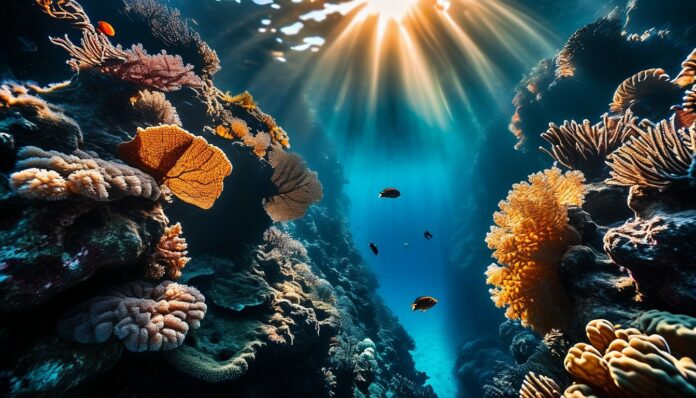Corals grow incredibly slowly, yet they are very easy to damage. Despite these challenges, these tiny microorganisms are capable of “building” structures larger than anything ever constructed by humans. Millions of people even live on islands that have formed thanks to the activity of corals.
Facts About Corals:
- The largest coral reef in the world, the Great Barrier Reef, is composed of 2,900 individual reefs.
- Some reefs can live for tens of thousands of years and continue to grow during that time.
- Corals are not plants. They are cnidarian marine animals, and their close relatives include jellyfish.
- Coral reefs are the most diverse marine ecosystems on Earth and have existed for over 400 million years.
- Reefs improve the quality of the water around them by acting as filters, capturing microorganisms floating in the water.
- The total area of coral islands and reefs on Earth reaches 27 million square kilometers.
- About 60% of these reefs are on the brink of extinction due to human activities.
- There are approximately 6,000 different species of corals worldwide.
- The length of the Great Barrier Reef, the largest structure on our planet built by living organisms, exceeds 2,500 kilometers.
- On average, a coral polyp grows a few millimeters per year. However, some species can grow 1-2 centimeters annually.
- 25 species of corals are used in jewelry making.
- Corals have a narrow comfort temperature range, from 25 to 30 degrees Celsius. If the water becomes significantly colder or warmer, they begin to die. The minimum suitable temperature for them is 21 degrees Celsius.
- Coral reefs cover less than 1% of the ocean but are home to 25% of all marine species.
- All types of corals can be broadly divided into two categories: hard and soft corals.
- Revenue from “coral” tourism is tens of times greater than the income from fishing in the tropics.
- Coral reefs are found in 109 countries around the world.
- There are about 350 shades of coral polyps globally. The color depends on the presence of organic impurities in the water.
- Reefs help protect coastlines from erosion and storm waves.
- Corals need sunlight to grow, so they rarely grow at depths greater than 14-15 meters.
- Excessive ultraviolet radiation is harmful to them.
- Coral colonies often grow in areas with strong currents because the currents provide their ecosystem with large amounts of food and nutrients.
- Reefs can start growing on the surfaces of sunken ships. Sometimes, old ships are deliberately sunk in shallow waters to become homes for these creatures.
- One species of starfish feeds on corals, causing significant damage to reefs.
- The oldest coral in the world was found in Yakutia, Russia. Modern technology has determined that this relic is 480 million years old.
- Corals have something similar to annual rings, like those found in trees.
